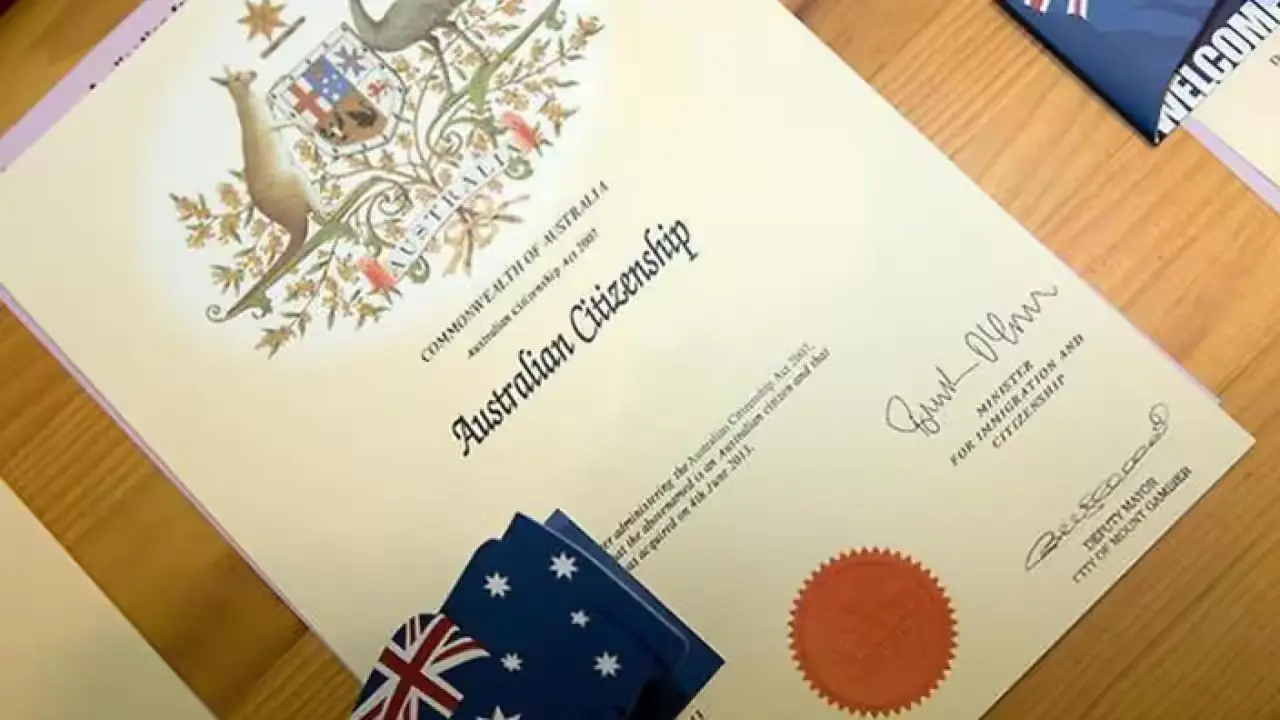The most common question people ask is, “What is an H1B Visa?“. An H1B visa is a nonimmigrant visa that allows U.S. companies to employ graduate-level foreign workers.
Your eligibility to apply for an H1B visa depends on holding a bachelor’s degree or higher or equivalent in professional experience in the relevant specialty occupation.
Each year, there’s a cap on the number of H1B visas issued, which currently stands at 85,000, with 20,000 reserved for applicants with a master’s degree or higher from a U.S. institution.
If the number of applications exceeds this cap, a lottery system determines who will receive an H1B visa. Once granted, you can work in the United States for up to six years, with opportunities to apply for extensions under certain circumstances.
Understanding the H1B Visa Program
The H1B visa program is a critical pathway for skilled professionals to work in the United States, but it comes with specific requirements and limits.
Familiarize yourself with its eligibility criteria, the annual cap and associated lottery process, and the rules about the duration and possible renewals of the visa.
Eligibility Criteria
To qualify for an H1B visa, you must be a professional in a specialty occupation.
A bachelor’s degree or higher in a field related to the job is typically necessary, indicating the highly specialized nature of the work.
Employment offers should come from a U.S. employer who can confirm that a U.S. worker cannot fill the role.
Visa Cap and Lottery System
There is an annual limit on the number of H1B visas issued, which is currently set at 85,000. This includes 65,000 for applicants with a bachelor’s degree and an additional 20,000 for those with a U.S. master’s degree or higher.
When the number of applications exceeds the cap, a lottery system is implemented to randomly select the recipients.
Duration and Renewals
An H1B visa is granted for an initial period of up to three years. It can be extended for another three years, with the total duration not typically exceeding six years.
In certain circumstances, extensions beyond six years may be possible if you are in the process of applying for lawful permanent residency.
What is the H1B Visa Application Process
The H-1B visa application process is a multi-step procedure that begins with finding a U.S. employer as a sponsor and ends with obtaining the visa at a U.S. embassy or consulate.
Each step is crucial and must be completed correctly to ensure a successful application.
Petition Filing
To start your journey toward working in the U.S. on an H-1B visa, your employer must first file a Labor Condition Application (LCA) with the Department of Labor. Upon approval, your employer submits a Form I-129, Petition for a Nonimmigrant Worker, to USCIS. Ensure your sponsor completes the H-1B Electronic Registration Process if they are subject to the H-1B cap.
Required Documentation
Documentation is key to proving eligibility. You’ll need to provide:
- Proof of your specialty occupation, such as a bachelor’s degree or higher.
- A valid job offer from a U.S. employer.
- Data confirming the employer-employee relationship.
Each document must be in line with the requirements set by USCIS, and any missing piece could delay or jeopardize your application.
Visa Approval and Issuance
Following the approval of the I-129 petition, you can apply at a U.S. embassy or consulate.
This includes submitting a visa application (DS-160), paying the fee, scheduling an interview, and attending the interview.
If you succeed in all previous stages, the visa is approved and issued, allowing you to work in the U.S. for the period specified in the petition.
Conclusion
Understanding the H1B visa process is critical if you’re a foreign professional aspiring to work in the U.S. The steps include:
- Find a qualifying U.S. employer willing to sponsor you.
- Ensuring you meet all the eligibility criteria.
- Navigating the application process includes paperwork like the Labor Condition Application (LCA) and visa petition filing with the U.S. Citizenship and Immigration Services (USCIS).
Being aware of these requirements can effectively prepare you for the application process and increase your chances of success.


